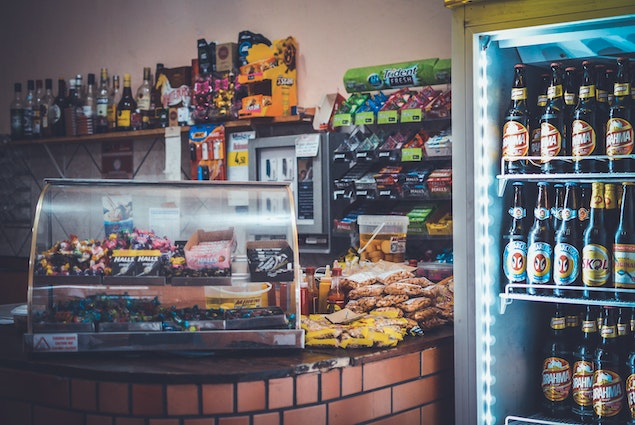In the world of retail, the way products are displayed can significantly impact a store’s sales and profitability. This is especially true in convenience stores, where customers often make quick decisions based on what immediately catches their eye.
This article delves into the psychology and strategy behind effective product placement within convenience stores. Discussing its impact on buying decisions and sharing successful techniques for maximizing sales. We’ll also share some real-world examples of successful product placement strategies.
Product placement impact on buying decisions
Product placement greatly influences customer buying decisions in convenience stores. The right strategy can turn browsing customers into paying ones.
Placement strategy directly impacts how customers navigate the store, what they notice, and ultimately, what they purchase. For example, studies show that customers are more likely to purchase items placed at eye level.
Additionally, products placed at the end of aisles or near the checkout line can catch the attention of customers, leading to impulse purchases. Supermarkets like Tesco and Walmart have effectively used these tactics to boost sales.
Eye-level shelving for high-profit items
Strategically placing high-profit items at eye level can significantly increase their visibility and, as a result, their sales. Eye-level shelving is often referred to as the “bull’s-eye zone” because it is the area that naturally draws a customer’s gaze. By placing high-profit items in this zone, convenience stores can increase the likelihood of these items being noticed and purchased.
For example, placing higher-priced, branded snacks at eye level, with lower-cost or generic options on higher or lower shelves, can help drive sales of the more profitable items.

The use of end caps for promotions
End caps, the displays located at the end of aisles, are prime real estate in any retail store due to their high visibility. They can be highly effective for promotional or seasonal items.
How do end cap displays lead to more sales? End caps are the first thing a customer sees when they walk down an aisle, making them ideal for promoting new or seasonal products or special deals. They can also be used to create themed displays that group related products together, encouraging customers to make additional purchases.
For example, a convenience store might create a summer-themed end cap display that includes sunscreen, bottled water, and beach toys. Enticing customers to pick up everything they need for a day at the beach in one convenient spot.
Strategic positioning of impulse buys
Positioning impulse items near the checkout area is a long-standing retail strategy. Taking advantage of customers’ tendency to make last-minute purchases while waiting in line.
Small, inexpensive items like candy, gum, or magazines placed near the checkout can encourage add-on sales as customers wait to pay for their items. This strategy can be particularly effective in convenience stores, where customers may be making quick stops for a few items and are more likely to be open to impulse purchases. 7-Eleven, for instance, often places products near their checkouts to capitalize on these last-minute buying decisions.
Case studies of successful product placements
Several convenience stores have successfully used product placement strategies to boost sales.
Let’s look at a few examples:
- CVS Pharmacy: The drugstore chain reevaluated its product placement strategy, moving healthier snack options to eye-level and near checkouts, resulting in increased sales of these items.
- Sheetz: This convenience store chain leverages end cap displays to promote their extensive selection of craft beers, attracting the attention of beer enthusiasts and contributing to strong sales in this category.
Conclusion
The art of product placement is an essential aspect of convenience store merchandising. By understanding the psychology of shopping and strategic product placement techniques, convenience stores can significantly influence customer buying decisions and boost sales.
As the case studies show, these techniques can be incredibly effective when implemented correctly. But remember, every store is unique. What works for one might not work for another. Continual testing and adjusting are necessary to find the best product placement strategies for your store.
Product placement is more than just stocking shelves. It’s a strategic component of your store’s success. By mastering this art, you can maximize your store’s profitability and provide a shopping experience that keeps customers coming back for more.
For more information on boosting sales in a convenience store, check out this article – Design a Selling-Orientated Convenience Store. And if your convenience store is somehow related to a supermarket, you might find this article helpful – How to Setup a Selling-Orientated Supermarket. Gain some knowledge and a deeper understanding of what it takes to set up a successful convenience store.

